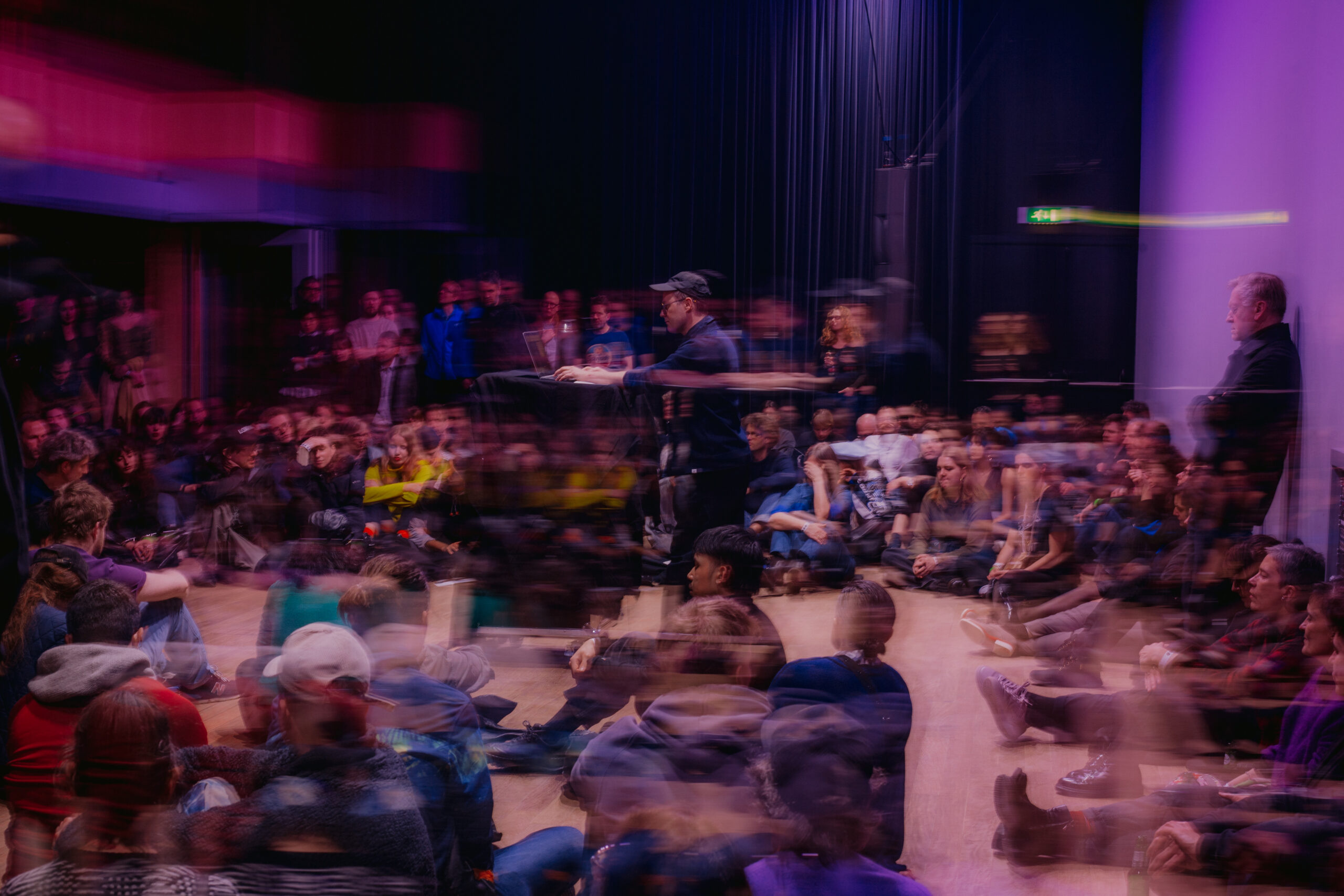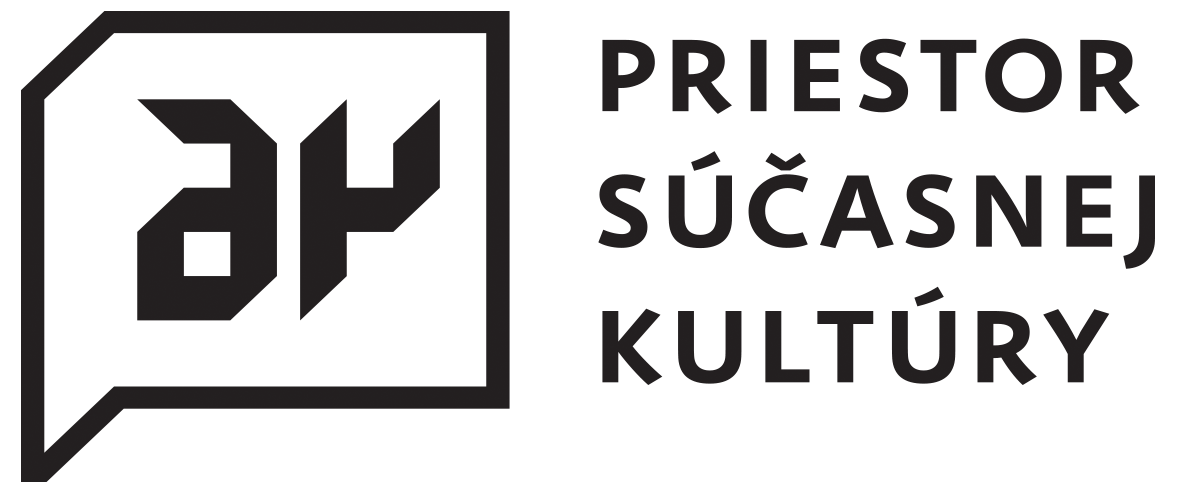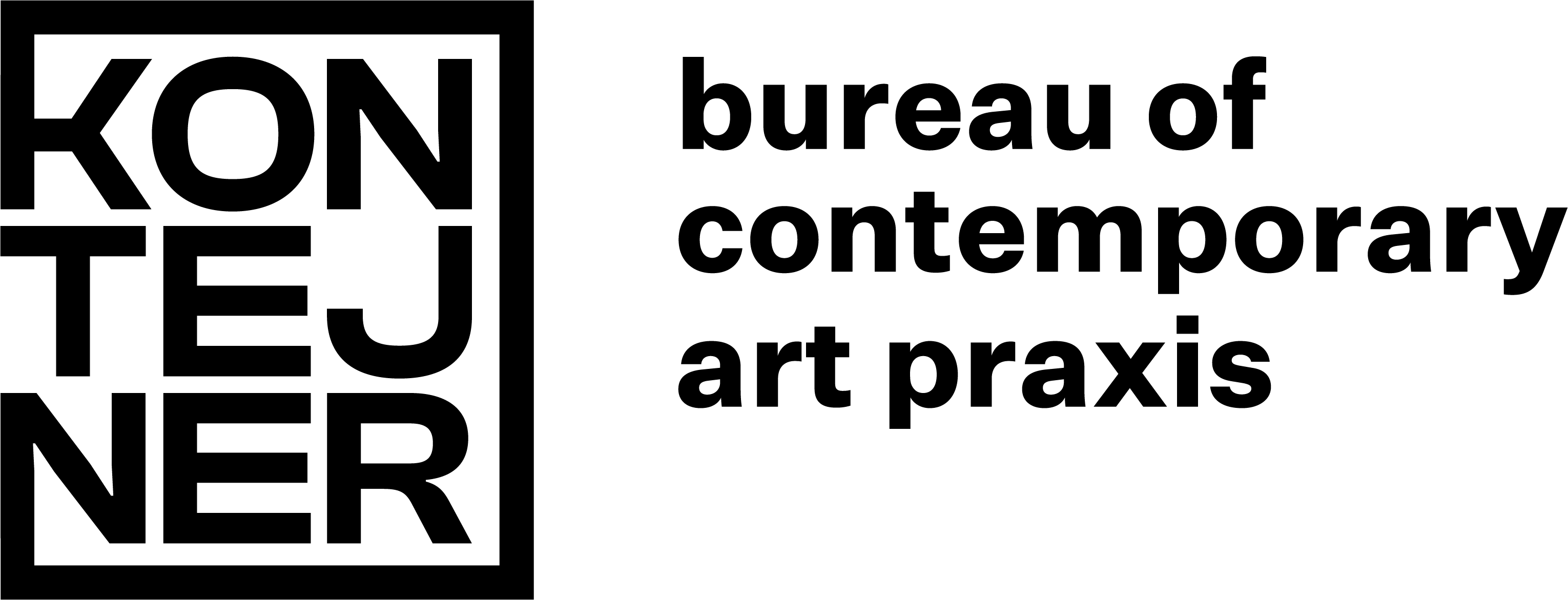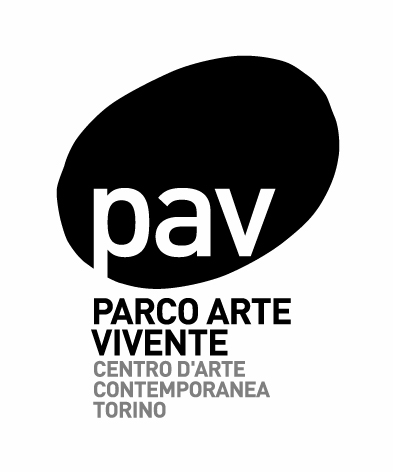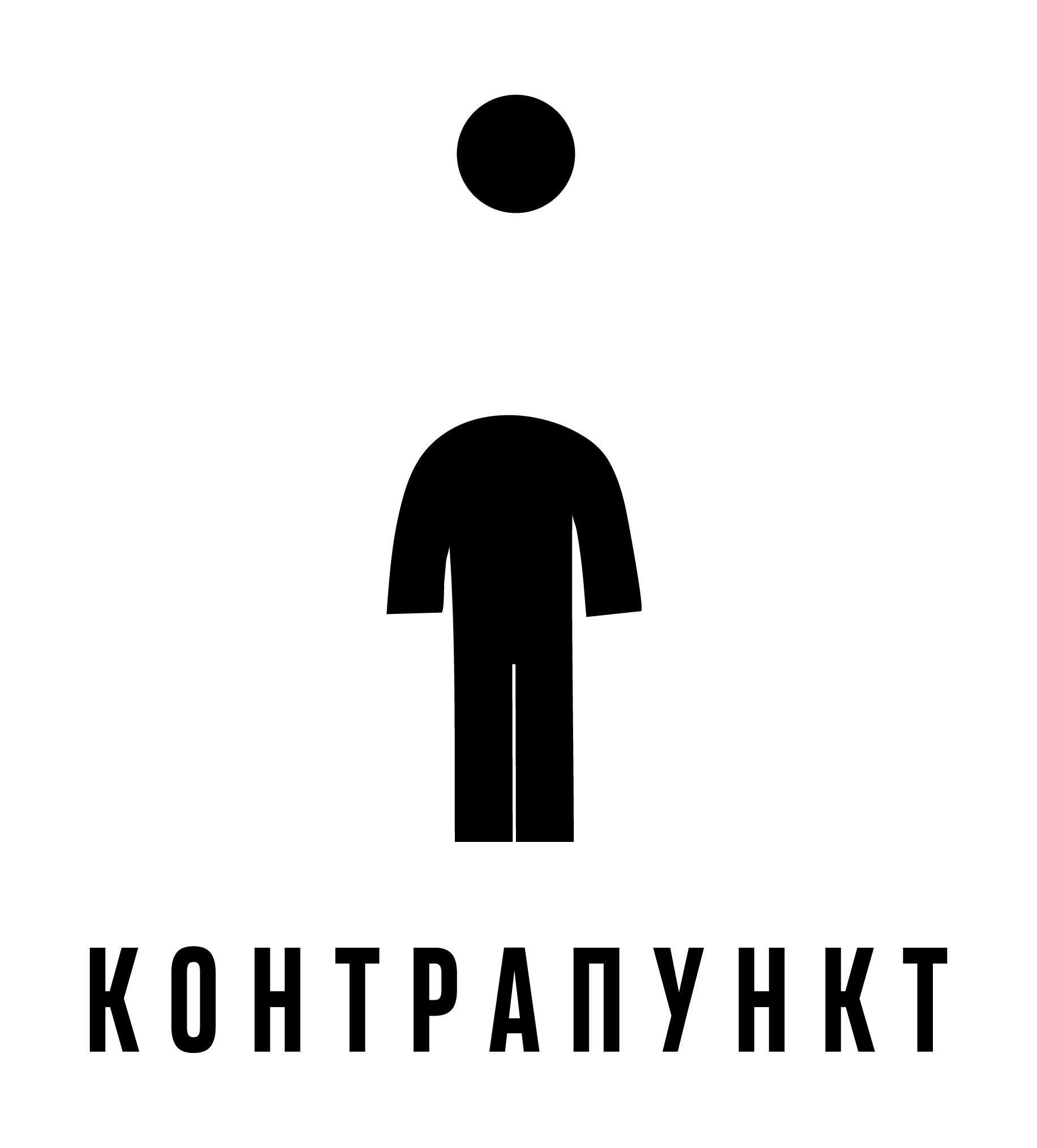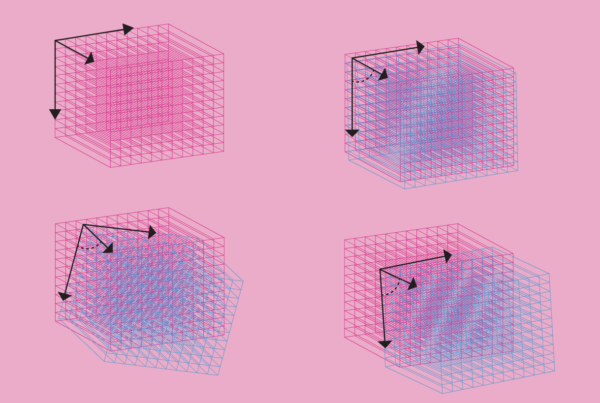
Photo credits Courtesy of the Artist
Distortion Product Lattice is a generative sound installation by Marcin Pietruszewski.
The Fokker organ housed in Muziekgebouw’s Recital Hall becomes a canvas for Marcin Pietruszewski’s generative installation, Distortion Product Lattice (Fokker QDTS Wavepackets), commissioned by Sonic Acts. Combining the computer-controlled microtonal organ, digital sound synthesis, pluriphonic sound, and light choreography, the work stages formal and auditory modulations.
Designed and built between 1945 and 1950 by Adrian Fokker and Bernard J. A. Pels, the expansive organ has a 31-tone per octave and can be controlled via a MIDI protocol. The installation subjects the output of the instrument to digital signal analysis and re-synthesis, inducing distortion of tones, patterns, and textures.
The QDTS (Quadatric Difference Tone Spectra) algorithm utilised by Pietruszewski produces particular kinds of auditory distortion product (ADP), creating a new experimental approach to generating complex spectra. Thoroughly studied, ADPs are low-level sounds emitted from the inner ear’s cochlea in response to two closely spaced stimulating tones. The distortion also functions as an alternative spatial frame as the tones resonate in the head of the listener. Within Distortion Product Lattice (Fokker QDTS Wavepackets), this ‘in-head’ spatiality forms a dynamic counterpart to an extensive setup of the organ, intensifying, amplifying, and modulating the auditory, epistemic, and spatial contexts of this unique instrument.
30 min
Photo credits: Pierre Zylstra
Commissioned by Sonic Acts
Produced with the kind cooperation of the Huygens-Fokker Foundation.
Premiere: Sonic Acts Biennial 2024
This work is available for touring.
Contact for Presentations: info@sonicacts.com
Commissioned by


